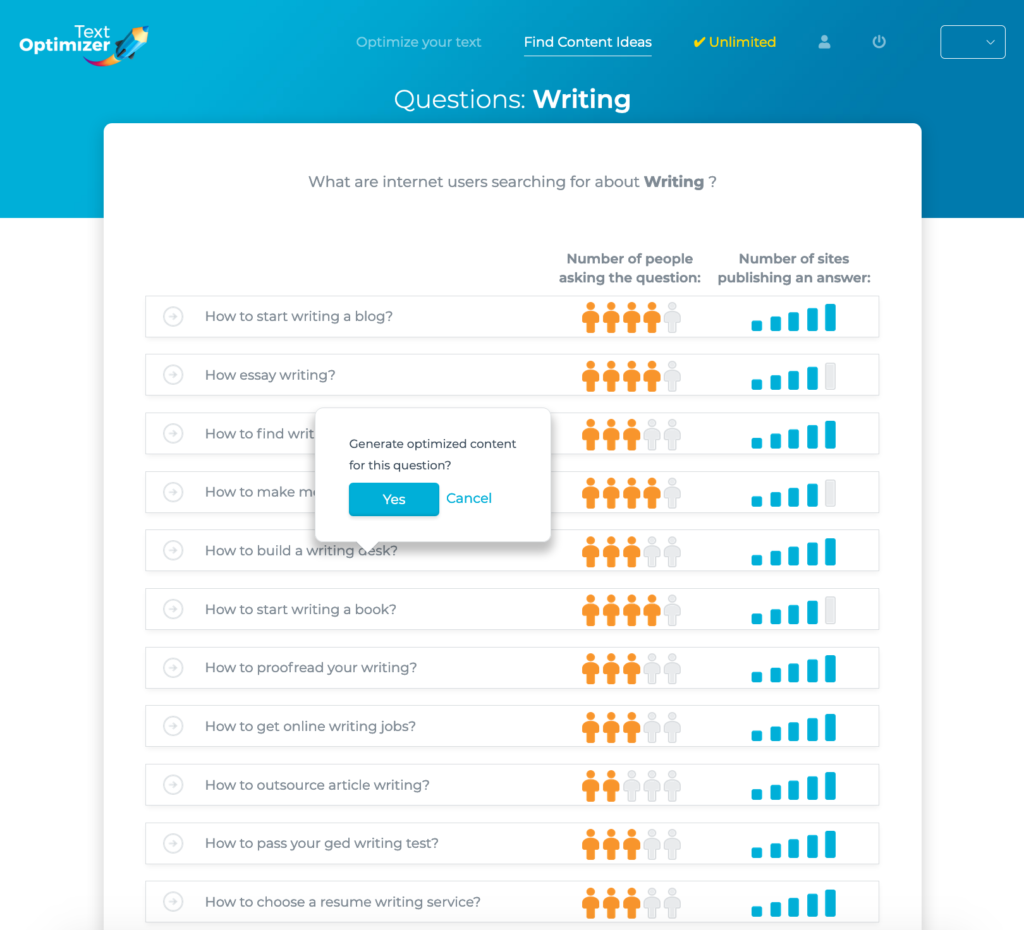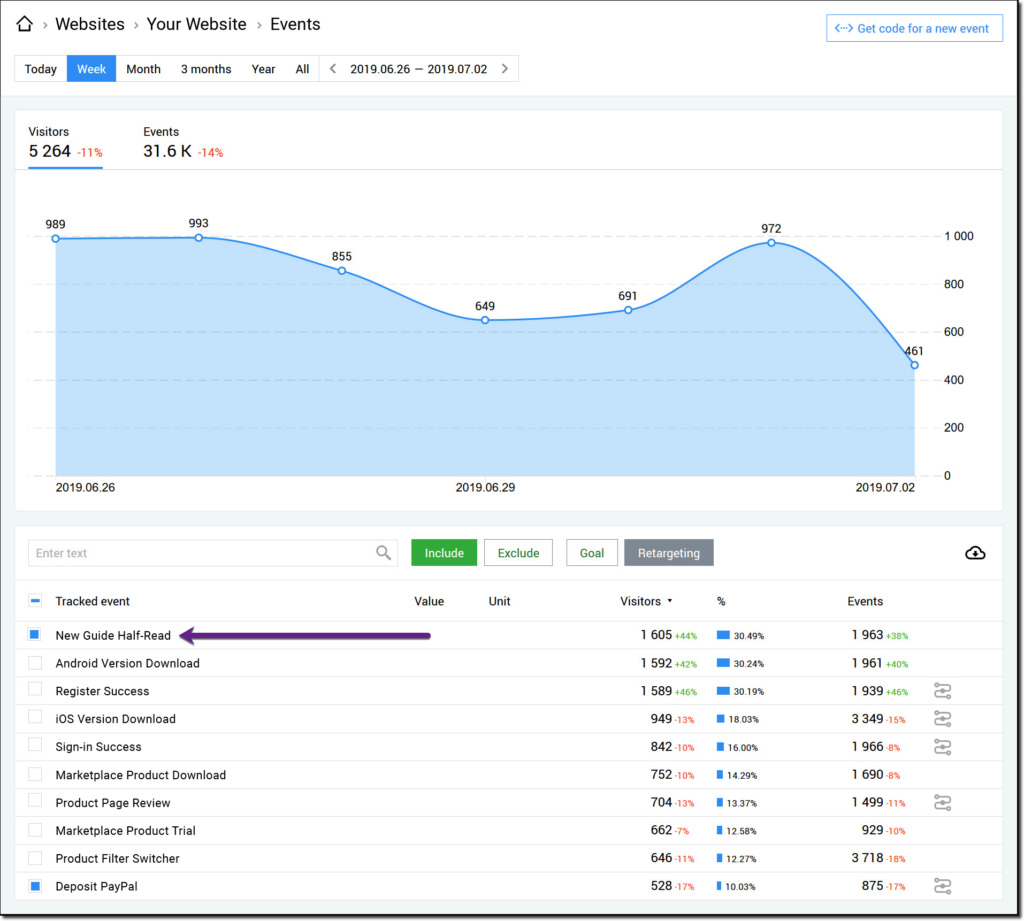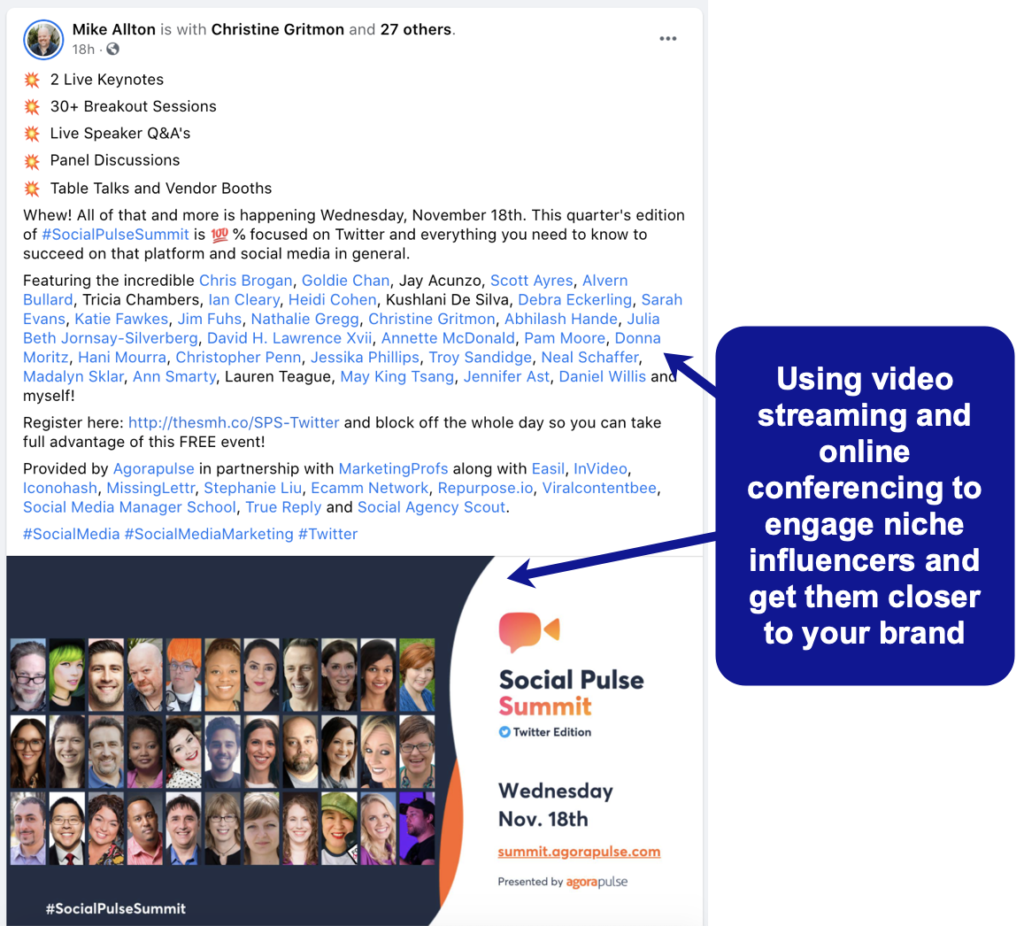5 Content Marketing Trends to Keep in Mind for 2021

It’s that time of year again. Starbucks releases holiday drinks. Crockpots make their way back onto countertops. Last year’s gloves suddenly appear at the bottom of your coat pockets. And content marketers get out their calendars to start brainstorming and prepping for next year.
So we asked a number of industry experts what content marketing trends they’re most excited about—what they want to try, what they expect to see, and why—so that you can use these tactics in your 2021 planning.
Read the full article to know more!
See you on the action-field,
Raksha Sukhia, SMB Growth Expert,
Founder BBR Network. #bbrnetwork
As the COVID-19 pandemic continues to progress around the world, it’s important to continuously evolve your content marketing strategy—now more than eve.
What is 2021 going to look like for content marketers? Is there any way to get prepared?
Let’s dive in now to these 5 content marketing trends for 2021.
1. Competition Is Continuing to Grow
The year of COVID-19 driven lockdowns has shown just about any business one simple truth: if you are not online, you do not exist.
These days, most sales have moved online, and there’s no reason to believe it’s changing any time soon.
With more businesses investing more in online marketing, the competition is inevitably growing. These days, we are all forced to invest more time and money into getting our content noticed.
Yet, my favorite thing about content marketing is that creativity and flexibility can win over big budgets, and that is not going to change!
2. Content Is Part of the Buyer Journey
With more people stuck at home and forced to use technology to stay connected to the world, it is obvious that digital content is becoming a more important part of the buyers’ journeys.
Today’s (and next year’s) consumers are more web-savvy and use technology more often, regardless of age. And they expect quick answers; otherwise, they will go to the next page on the list.
Consumers turn to technology to fulfill an immediate need. Google claims that more than 90% of their users use devices for help and inspiration while in the middle of the task.
New consumers are “well-advised,” “right here” and “right now,” with Google having introduced the term “micro-moments” to describe consumers’ expectation of an immediate answer in the moments they want to know, go, do, and buy.
Your content needs to fulfill those immediate needs and do a good job of making answers easy to find. Tools like Text Optimizer help create content in the problem/question + solution/answer format, allowing you to address popular questions on any topic.

On top of that, think “mobile first” — it’s no longer enough to have a mobile-friendly website. You need more mobile assets to better serve customers. Examples of mobile assets to invest in include mobile apps and in-game mobile marketing. But even if you lack budget for the standalone assets, you can take smaller steps to mobile-friendly brand discovery and optimization:
- Create mobile-focused (i.e. simplified) CTAs and lead-generation forms
- Create faster, clutter-free conversion funnels allowing “Buy now“ one-click options
- Optimize for local searches. Let’s not forget that “Near me” is one of the most popular mobile search queries. Investing in efficient management of your business local listings is one the most effective ways to get discovered through mobile search
- Use third-party plugins to integrate mobile-experience enhancing features. Examples include integrating auto-complete for your in-site search engines (for quicker product discovery), faster mobile opt-in options, etc.
- Include 5-second testing and mobile experience in your regular website auditing
3. Content-Driven Remarketing Is Always a Good Idea
As the competition is getting tougher and buyer journeys are becoming more complicated, generating actual sales from your content is not going to be easy.
Most of your site readers will come, find their answers, and leave to complete their tasks.
This is where content-driven personalization is going to help.
What is content-driven personalization?
Content-driven personalization is about encouraging your returning site users to continue whatever they were doing when they initially left your site.
For example, if a user read half of your tomato-growing guide, offer them a free tomato-growing checklist or guide when they come back in a week or so. There are a few powerful ecommerce solutions that allow this functionality.
Finteza is one advanced tool that allows you to create personalized experiences for your site returning users to engage them further. Specifically, you can target your on-site CTAs to each returning user based on their past browsing journey through your site.

Here are a few more content personalization techniques to adopt now (those that require no in-house technology or outside help):
1. Set up email / marketing automation campaigns based on past engagement data, e.g. link clicked, ebook downloaded, etc. (Most email marketing platforms support automated workflows)
2. Offer over-the-top content services (this can be done through existing VOD solutions.)
3. Embrace advanced advertising with Google and Facebook ads (here’s a great guide on Facebook advertising to help.)
4. Use AI-based writing tools to factor in data into your content creation process
5. Create “on-request content” channels delivering content automatically when requested through chatbots (there are currently a few powerful solutions allowing you to create smart self-learning chatbots using easy-to-use visual editors).
Find one or more personalization technology partners that will fit your budget and needs. Luckily, there are quite a few powerful players in the marketing personalization space.
4. Streaming Video Content is Getting Even More Popular
As in-person meetings and conferences are still mostly impossible, video streaming has become even more popular than it was last year.
Just about ever brand I know has hosted a virtual event or online conference this year. Streaming videos have become an effective way to engage niche influencers, generate leads and even create an additional income method.
And most importantly, it has become much easier to execute.
Admittedly, as of last year, I personally never had enough time to figure out live streaming software. This year, I am well-versed with about three of them! I can record, co-host, stream to multiple channels, etc.
And most people are like that too! Think about all the teachers who suddenly become experts in Google Meets, and all remote workers who have no choice but to figure out Zoom meetings. Video streaming has become the new norm for both content creators and consumers.

5. Multi-Channel Marketing is More Important Than Ever
Finally, being everywhere is more important than ever because consumers are quickly adapting to new technology and exploring new channels. Brands need to keep up!
Luckily, there are plenty of cross-marketing tools that allow you to publish content on multiple platforms and keep an eye on everything. These include Cyfe, Agorapulse (or alternatives), Paper.li, etc.
On the bright side, the more channels you include in your marketing plan, the more demographics you will learn to cater to. Cross-channel marketing allows you to amp up your marketing game on many levels by:
1. Giving you access to more data
2. Allowing you to analyze more diverse buyer journeys
3. Forcing you to get more organized and learn to make sense of more tasks.
Conclusion
The old marketing adage “Content is King” is still very much true. Consumers are still driven by the thirst for content. But the pandemic and fast-evolving technology is changing the ways content is delivered. While just a few years ago, creating cool video and visual content was quite enough to engage a customer, these days, businesses are forced to look for more content formats and channels to stand out.
Related Article
What’s a Good Landing Page Conversion Rate?
Business Agility Is the New Norm. Do You Have What It Takes?
Tags
#BBR Network, #LinkedIn #Social Media Marketing, #Profitability, #Small Business Growth, #Small Business Marketing and Sales, #SMB, #SME, B2B, Build Business Results, Build Business Results (BBR), Build Business Results (BBR) Mastermind.










